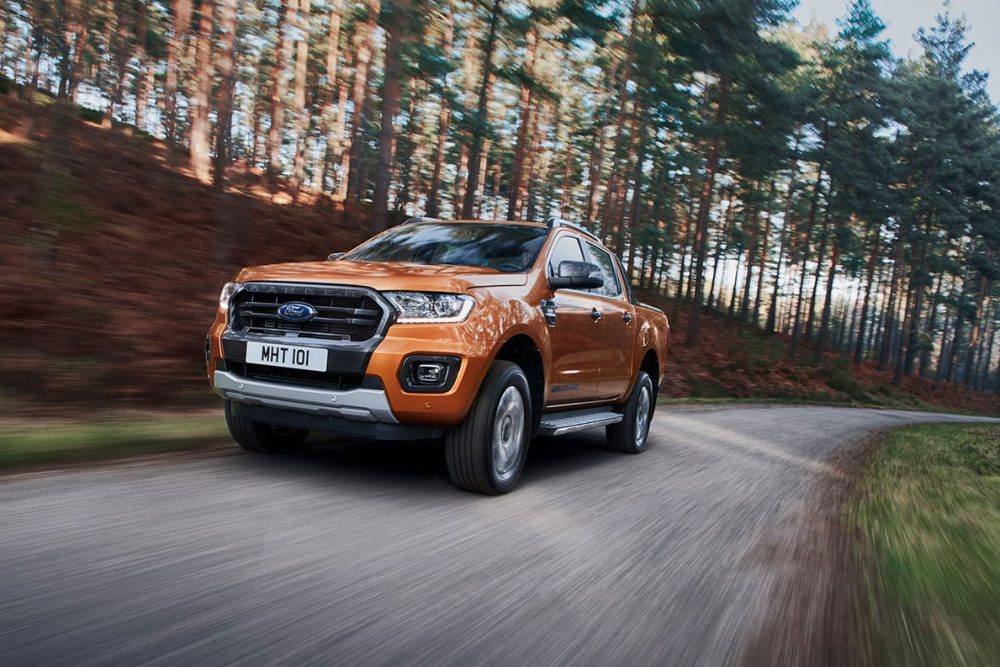There’s an assumption among the public that a working truck is a full-size vehicle. It must have over-the-top power and Herculean abilities. That isn’t always the case. There are many reasons that a smaller pickup truck is used by repair or construction trades. In fact, a midsize truck may be better for certain kinds of delivery services.
Many full size trucks have too much capability for the average user. This causes the buyer to pay more for something they don’t need. This overbuying amount is multiplied by the number of trucks needed for the fleet. It affects the bottom line at purchase and over the life of the truck.
After all, a bigger truck will need more diesel than a smaller one. For that matter, a smaller truck may run on petrol, which could be cheaper. By the time you add up the difference in fuel costs, the smaller truck is definitely a better value for some businesses.
It may not mean that the midsize truck replaces the large pickup trucks in the fleet. Rather, it may mean that there are some midsize trucks available to do lighter duties. This creates a blended fleet that allows fleet managers to choose a less expensive option for a lighter duty task.
In some trades, midsize trucks may be all that is needed for the fleet. There simply may be no demand for excessive towing capacities or heavy payloads. In this case, the whole fleet could be smaller trucks.
The smaller truck has a smaller footprint. It can slip in and out of busy urban settings much better than its counterpart. Compared to full size Ford trucks, for instance, the Ford Ranger needs less space to park. It is nimbler in heavy traffic, changing lanes more easily since it requires a smaller opening to do it.
Rangers are somewhat unique in the midsize truck world because they do have standard towing capabilities that are more like entry-level full size trucks. One can’t assume anymore that a midsize truck is less capable than a light duty truck. They have to look at the specifications for each and compare purchase prices.
Choosing a fleet truck is easier if you know what the specifications are that you actually need. You can assess how much product is moved regularly. Or, how much equipment and materials weigh that are hauled from site to site.
Site managers may be driving the exact same heavy duty pickup trucks. Yet they may never pull a load or handle a big payload. Perhaps they need a truck for their duties, but do they really need such a big one? If they travel from site to site, they will actually appreciate the smaller footprint of the midsize truck. It will mean easier parking, easier maneuvering, and fewer fuel stops.
The last deciding factor is cabin size. Midsize trucks are big enough to handle four or even 5 adults. Yet they are definitely smaller cabins than their light duty counterparts. However, many trips rarely have anyone in the backseat. If that’s the case with your fleet, midsize trucks belong on your shopping list.
Next time you are thinking about adding more light duty pickup trucks to your fleet, stop and consider the benefits of a midsize truck. You just may save the business some money and get the same jobs done for less







